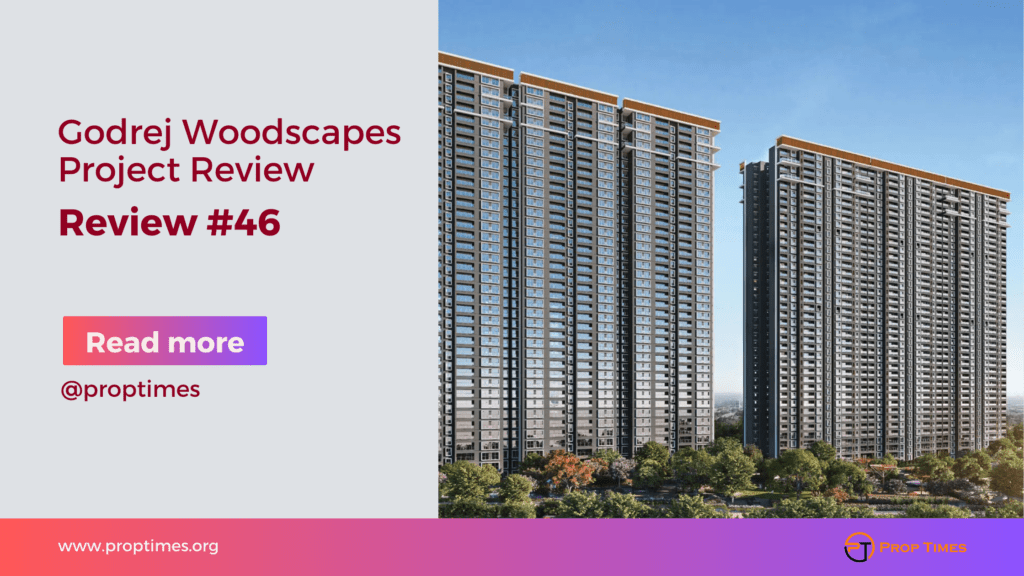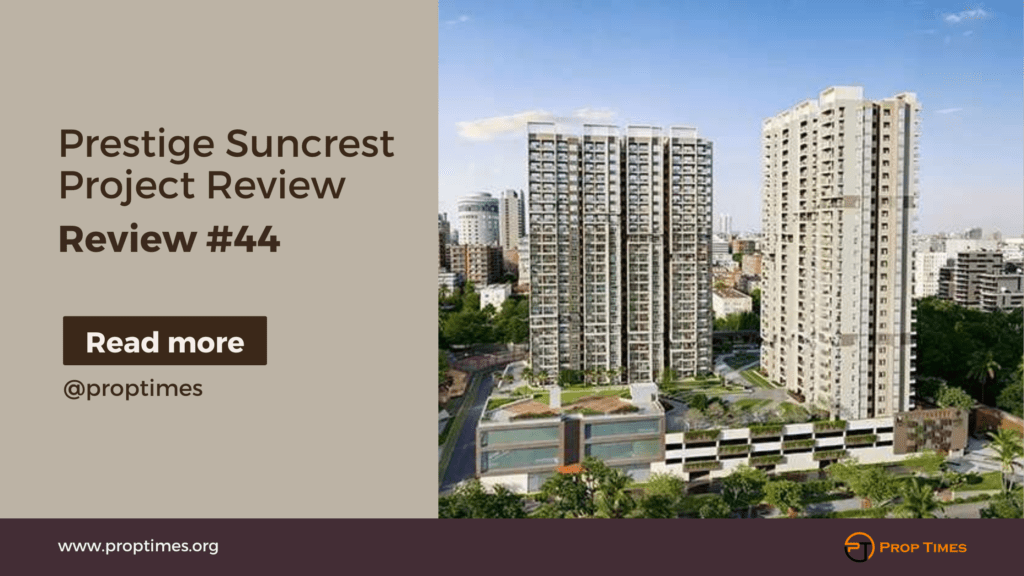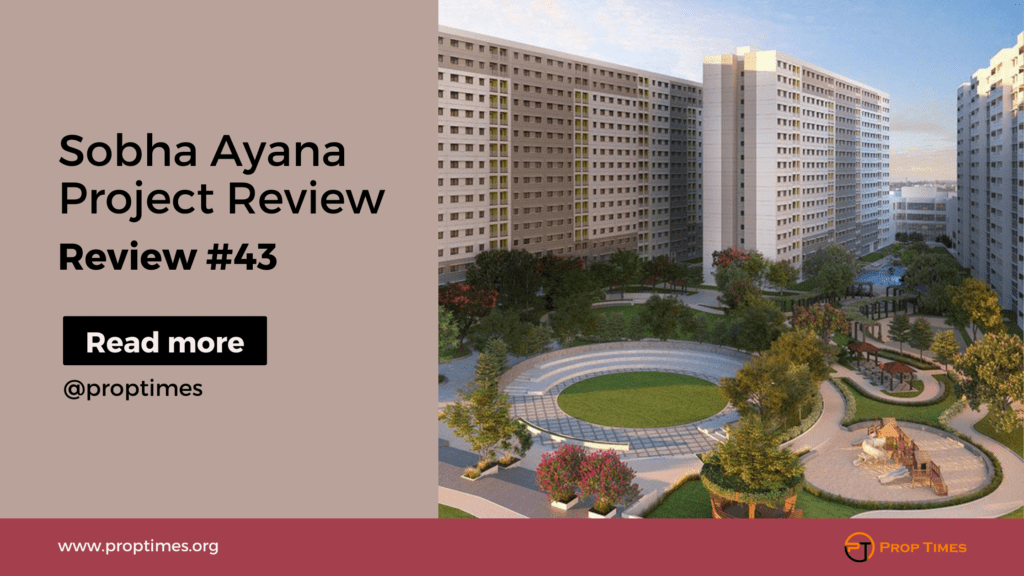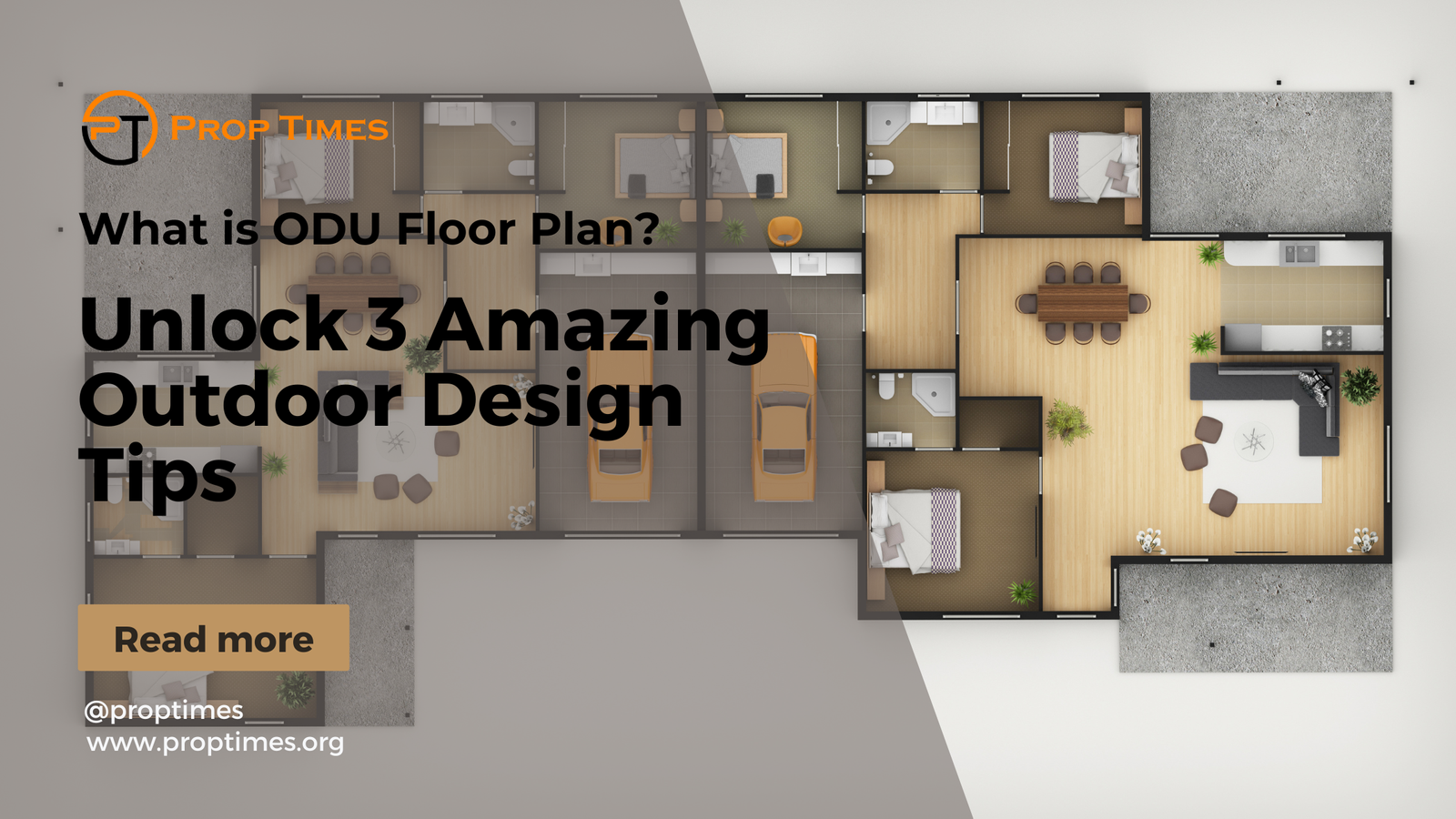
What is ODU Floor Plan? Unlock 3 Amazing Outdoor Design Tips
Introduction
Welcome to our blog, where we delve into the intricacies of outdoor floor planning and explore the concept of ODU in floor plans. If you’ve ever wondered, “What is ODU floor plan?” you’re in the right place. Outdoor Unit (ODU) floor planning is a crucial aspect of designing spaces that seamlessly integrate indoor and outdoor environments.
In this blog, we’ll unravel the answer to “What is ODU Floor Plan?”, its applications, and the essential considerations for optimizing outdoor spaces in architectural designs. Join us as we uncover the secrets to creating functional, aesthetically pleasing outdoor environments that enhance the overall appeal and functionality of any space.
What is ODU Floor Plan?
In the realm of architectural design, the concept of ODU (Outdoor Unit) floor planning is paramount for optimizing outdoor spaces for both functionality and aesthetics. So, what is ODU floor plan? Let’s delve deeper into precisely that and explore why it’s indispensable in contemporary architectural practices:
- Definition of ODU in floor plan:
- An ODU floor plan refers to the strategic layout and arrangement of outdoor units, typically associated with HVAC (Heating, Ventilation, and Air Conditioning) systems, within the architectural design of a building or outdoor space.
- It encompasses the placement, sizing, and integration of outdoor units to ensure optimal performance, efficiency, and visual harmony with the surrounding environment.
- Integration of ODU in floor plan:
- ODU floor plans involve careful consideration of the building’s layout and structural design to accommodate outdoor units seamlessly.
- Architects and designers strategically incorporate ODU placements into floor plans to minimise visual impact while maximising functionality and accessibility.
- Integration of outdoor units within the overall floor plan ensures efficient utilisation of outdoor space and enhances the overall aesthetics of the property.
In essence, ODU floor planning is a critical component of modern architectural design, offering a holistic approach to optimising outdoor spaces for functionality, efficiency, and visual appeal. By understanding the fundamentals of ODU in floor plan and integrating them effectively, architects and designers can create outdoor environments that enhance the overall quality of life for occupants while adding value to the property.
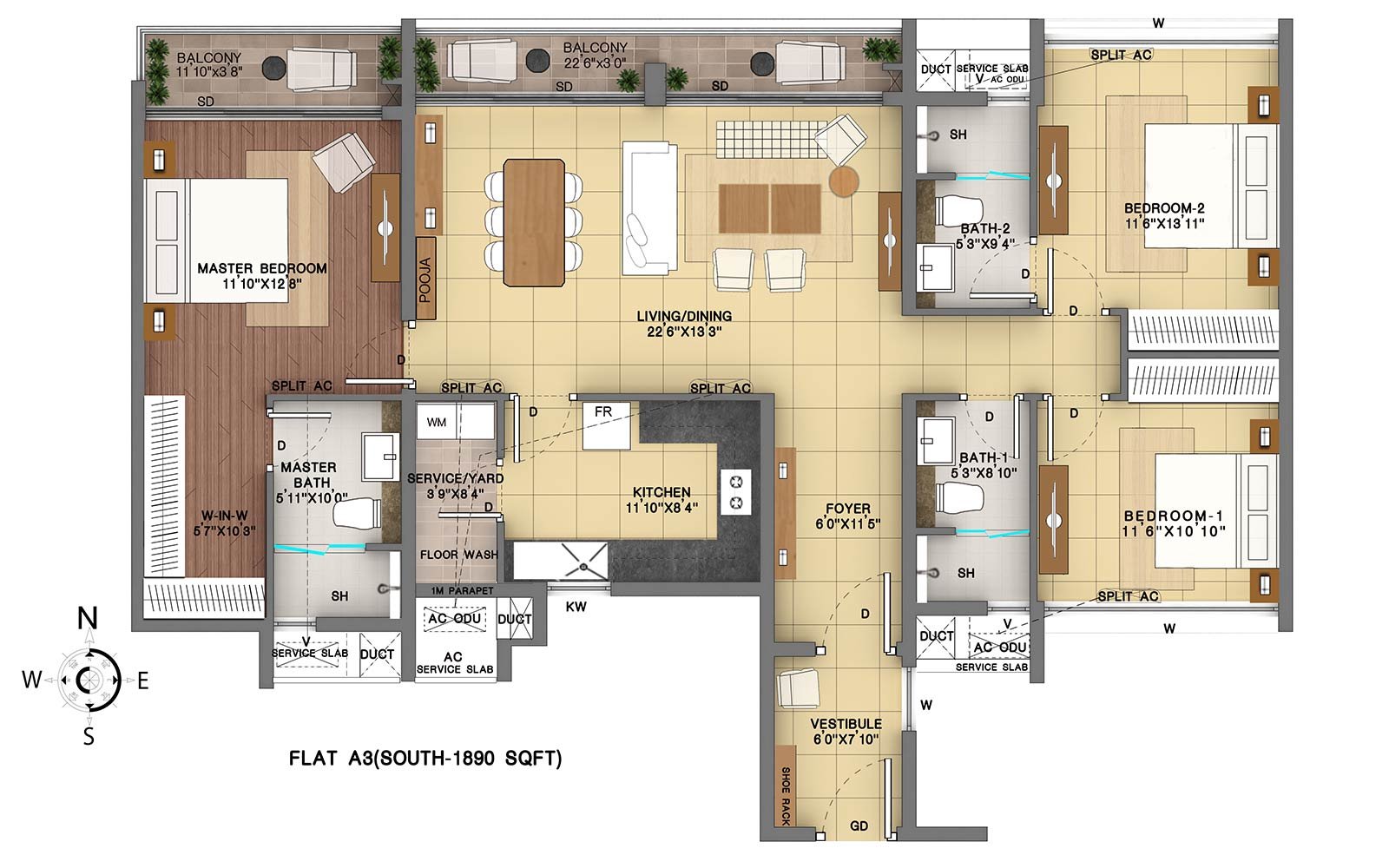
Out door unit floor plan design
Outdoor unit floor plan design is a meticulous process aimed at strategically placing outdoor units (ODUs) to optimize functionality and aesthetics within a given space. Here’s a detailed exploration of the key aspects involved in out door unit floor plan design:
1.Understanding ODU Placement:
Before diving into the design process, it’s crucial to thoroughly understand the unique requirements and limitations of the space. Factors such as building layout, site conditions, zoning regulations, and client preferences all play a significant role in determining the optimal placement for outdoor units.
2.Integration with Indoor Spaces:
Seamless integration with indoor spaces is paramount for creating a cohesive environment. Designers must carefully position outdoor units to minimise visual disruption while ensuring easy access for maintenance and servicing without compromising on functionality.
3.Optimising Airflow and Efficiency:
Proper airflow is essential for the efficient operation of outdoor units and maintaining indoor comfort levels. Design considerations should focus on maximising airflow while minimising obstructions and potential sources of interference, ensuring optimal performance and energy efficiency.
4.Noise Reduction Strategies:
Outdoor units can generate noise that may disrupt both indoor and outdoor environments. Implementing effective noise reduction strategies such as sound barriers, acoustic enclosures, or strategic landscaping can help minimise noise pollution and enhance overall comfort.
5.Aesthetic Considerations:
Aesthetic appeal is an important aspect of ODU in floor plan design. Designers should explore creative solutions to conceal outdoor units behind architectural features, screening elements, or landscaping to maintain a visually pleasing environment that complements the overall design aesthetic.
6.Cost Analysis and Budgeting:
Conducting a comprehensive cost analysis is essential for effective budgeting. This includes evaluating the costs associated with installation, maintenance, and any additional landscaping or construction requirements to ensure that the project remains within budget while meeting performance and aesthetic objectives.
7.Sustainability and Energy Efficiency:
Sustainability and energy efficiency should be prioritized in outdoor unit floor plan design. Incorporating energy-efficient HVAC systems, renewable energy sources, and smart controls can help minimize environmental impact and reduce operating costs over the long term, aligning with sustainable design principles.
8.Compliance with Regulations:
Compliance with local building codes, zoning regulations, and environmental requirements is non-negotiable. Designers must ensure that outdoor unit floor plans meet all regulatory standards and obtain necessary permits and approvals to avoid potential legal issues and ensure the safety and integrity of the project.
By carefully considering these detailed aspects, designers can create outdoor spaces that not only optimise functionality and efficiency but also enhance aesthetics, comfort, and sustainability for occupants.
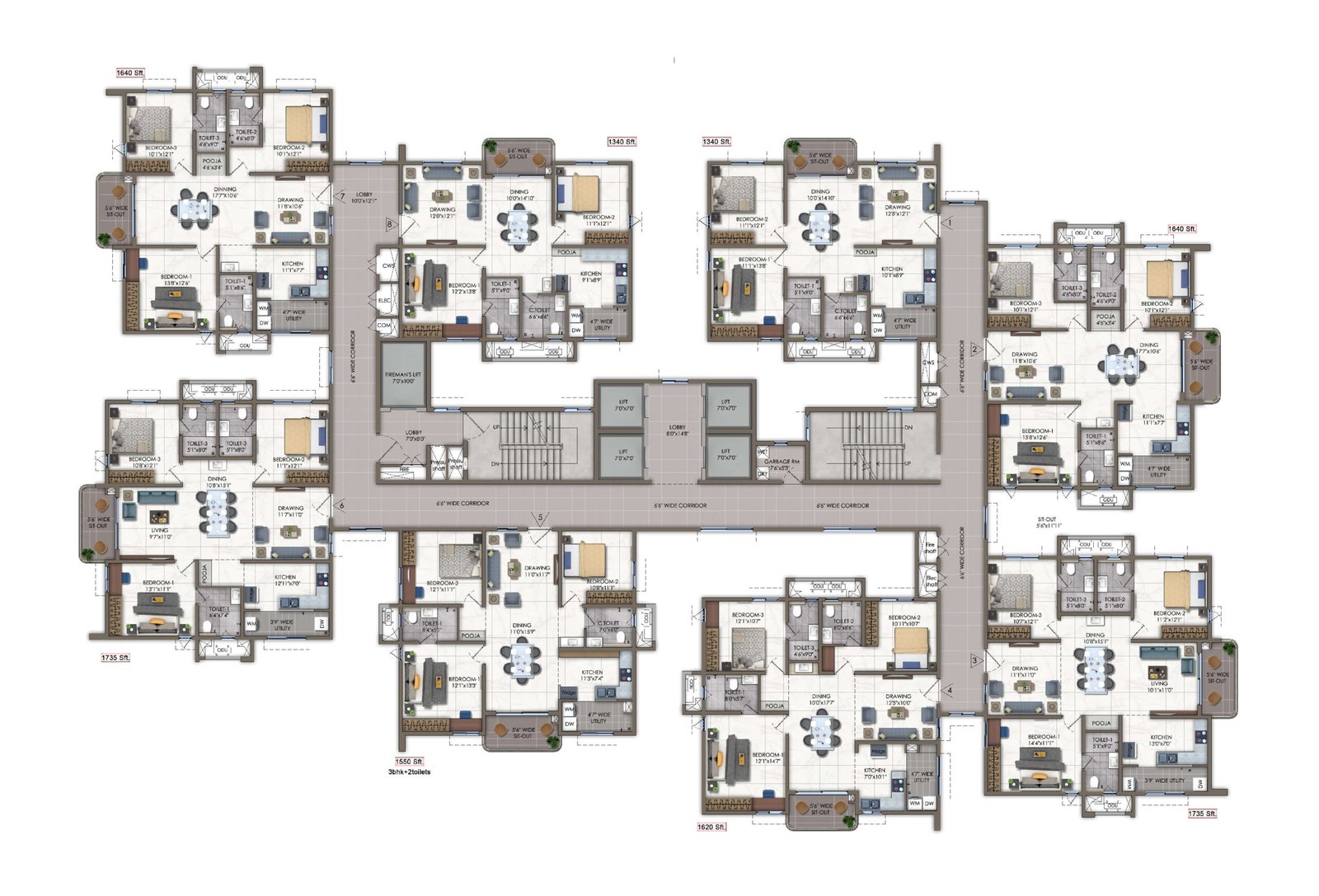
Out door Unit Floor Plan Cost
When considering outdoor unit floor plan cost, understanding the associated costs is crucial. Let’s delve into the various factors that influence the out door unit floor plan cost:
- Design Complexity: The complexity of the outdoor unit floor plan design plays a significant role in determining its cost. Intricate designs with multiple outdoor units, intricate landscaping features, and unique architectural elements may require more resources and labour, thereby increasing costs.
- Size of Outdoor Space: The size of the outdoor space where the units will be installed directly impacts the cost of the floor plan. Larger outdoor areas may require more units, additional infrastructure, and landscaping, leading to higher costs compared to smaller spaces.
- Type and Quantity of Outdoor Units: The type and quantity of outdoor units needed for the space influence the overall cost. Different types of outdoor units, such as air conditioning condensers, heat pumps, or ventilation systems, have varying costs. Additionally, the number of units required to adequately serve the indoor spaces affects the overall expense.
- Material Selection: The choice of materials for constructing outdoor unit enclosures, pathways, and landscaping features can significantly impact costs. Opting for high-quality, durable materials may incur higher initial expenses but can result in long-term savings through reduced maintenance and replacement costs.
- Installation Requirements: The complexity of installation requirements, such as site preparation, utility connections, and landscaping adjustments, affects the overall cost of outdoor unit floor plans. Factors like accessibility, terrain, and local building codes may also influence installation costs.
- Labour and Contractor Fees: Labor costs associated with designing, planning, and installing outdoor unit floor plans contribute to the total expense. Hiring experienced contractors and professionals skilled in outdoor unit floor plan design ensures quality workmanship but may entail higher fees.
- Permitting and Regulatory Compliance: Obtaining necessary permits and ensuring compliance with building codes and regulations add to the overall cost of outdoor unit floor plans. Costs associated with permit applications, inspections, and compliance documentation should be accounted for in the budget.
- Maintenance and Lifecycle Costs: Consideration of maintenance requirements and lifecycle costs is essential when evaluating the cost of outdoor unit floor plans. Investing in energy-efficient units, durable materials, and proper maintenance practices can result in long-term cost savings and operational efficiency.
Understanding these factors and carefully planning for outdoor unit floor plan cost is essential for successful project implementation. By considering design complexity, outdoor space size, unit selection, materials, installation requirements, labour fees, permitting, and maintenance, stakeholders can develop realistic budgets and ensure the effective utilisation of outdoor spaces while maximising value and functionality.
Conclusion
In conclusion, understanding “What is ODU Floor Plan?” is essential for optimising outdoor spaces in architectural designs. By considering factors such as design complexity, outdoor space size, unit selection, materials, installation requirements, labour fees, permitting, and maintenance, stakeholders can develop realistic budgets and ensure effective utilisation of outdoor spaces. With careful planning and attention to detail, ODU floor plans can enhance the functionality, aesthetics, and overall appeal of any space, providing lasting value and satisfaction for stakeholders and occupants alike. So, the next time you embark on an outdoor design project, remember to prioritise ODU floor planning for a seamless integration of indoor and outdoor environments.
Can't Find What you are looking for?
Tell us about your choice here!



